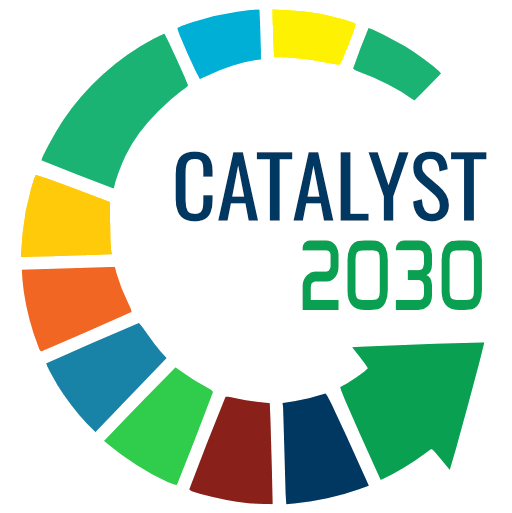
Talking about being carbon neutral means talking about commitment to the climate, to people, and to the future. The term refers to the balance between the amount of greenhouse gases emitted by an activity and the amount offset or removed from the atmosphere—so that the net balance of emissions is zero. According to the European Parliament (2019) and ClimatePartner (2023), this balance is achieved through three complementary steps: measure, reduce, and offset.
This means, first, measuring the carbon footprint, identifying the direct and indirect emissions of an organization, product, or event. Next, it means seeking concrete ways to reduce what is possible, such as investing in energy efficiency, shared transportation, and low-impact materials. Finally, it means offsetting what cannot yet be eliminated through certified projects that remove or avoid emissions, such as reforestation, sustainable management, and carbon capture technologies (Plan A Earth, 2024; Greenly, 2023).
In practice, it is an investment in the future. As is being done at COP30, which is currently taking place in Belém, in the heart of the Amazon, carbon offsetting represents a real way to tackle climate change and extreme events. Each ton of CO₂ offset is a kind of “currency” invested in projects that capture carbon and restore climate and ecological balance. And for companies, more than just a label, this is an ethical duty: to reduce as much as possible and offset what cannot yet be reduced.
Raízes’ path toward neutralization
At Raízes Sustainable Development, sustainability has always been a founding principle—a root, as the name itself suggests. From the outset, we have sought to develop projects with low environmental impact and encourage beneficiaries and clients to adopt more responsible practices as well.
This vision did not arise from a recent demand: it is part of our essence. Over the years, we have sought to act and participate in events where carbon neutralization was possible, initially through tree planting.
Over time, we realized that this compensation needed to be done more consistently: it was not enough to plant trees, we had to ensure that they grew and effectively captured carbon. So, we started to establish partnerships with initiatives that carry out planting and continuous monitoring, such as Juçaí and, later, CO₂ Legal, valuing projects that guarantee traceability and real results.
This quest for improvement also reflects our trajectory in the B System. We were one of the first Brazilian companies to be certified, among the initial five, and we grew alongside the movement itself. Just as the B System has been refining its impact indicators, Raízes has also been revisiting its metrics, learning and evolving based on this feedback process.
Throughout this journey, we identified the need to strengthen our environmental indicators. And it was based on this realization that we took another step forward. In 2025, we hired the company Eccaplan to conduct a more structured and transparent emissions inventory for our 2024 emissions. This process allowed us to accurately measure our emissions, offset them in a traceable manner, and invest in a certified carbon neutralization project.
The result is a carbon neutral seal that allows anyone to verify where and how the resources were applied. This achievement marks a new stage in our maturation: we remain committed to reducing emissions, ensuring the traceability of offsets, and maintaining transparency in our actions.
Our next steps
This is just the beginning of a new cycle. Soon, we will share more details about Raízes’ neutralization process, the supported project, and the results of this partnership with Eccaplan. Our goal is to broaden our view of climate impact, engage our networks, and inspire other organizations to follow the same path, with seriousness, traceability, and purpose.
For us, being carbon neutral is more than just a certification. It is a way of honoring our roots, protecting the present, and continuing to plant possible futures.


